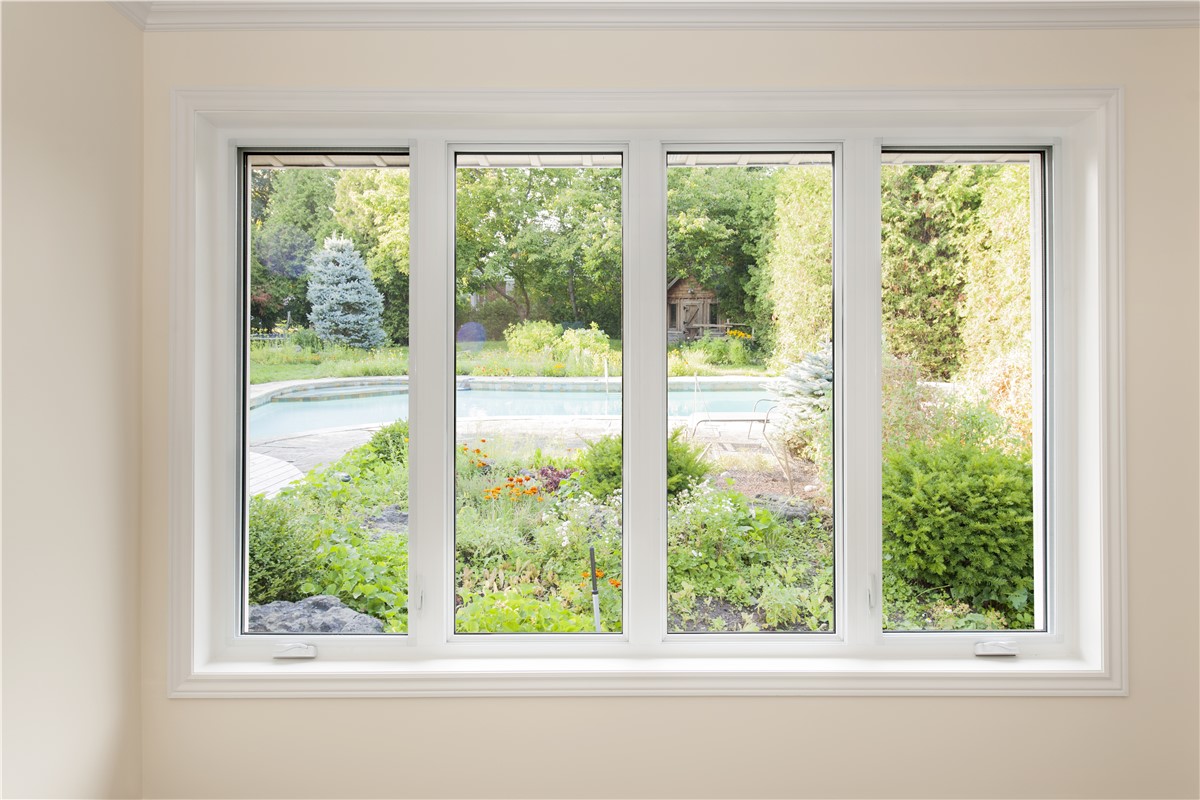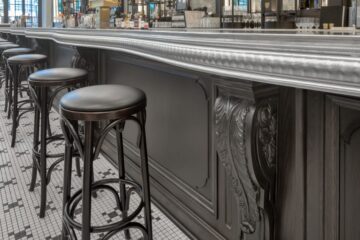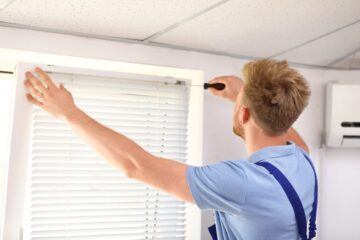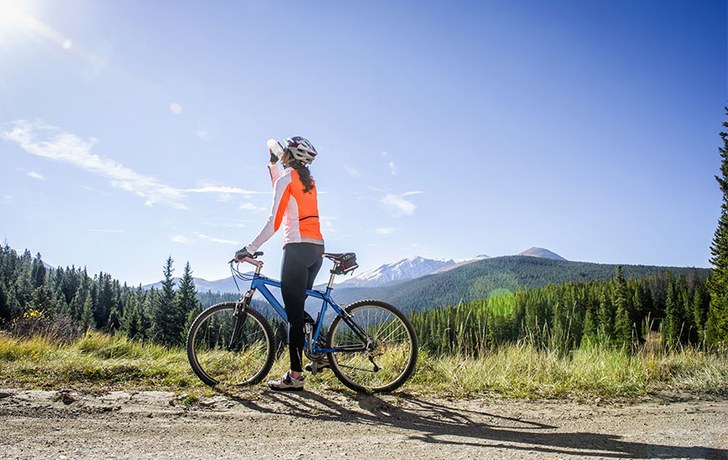What Are Casement Style Windows?

Most people have a home and those homes have windows, but not everyone is an expert in the different styles of windows and there is no shame in asking. There are many different styles of windows, most of which are self-explanatory to some degree, but not all of the terms are obvious as to what they are. For instance, what are casement style windows and what are they used for?
First, understand that they’re likely not what is usually the more commonly seen style of window, which is the sash style. The sash style is the kind of window that is made up of one or more moveable panels of glass, which can slide up and down to open the window. This is the easiest type of window to use and is the most commonly seen in most developed countries. It’s called a sash window because those panels are technically called “sashes”.
Also quite common is the slider window which literally “slides” from left to right. Fixed windows are simply ones that don’t open, which is why they’re called “fixed”.
By contrast, a casement window opens vertically and with the use of a crank. The crank, once turned, opens one of the window panels outward. The placement of the crank determines what kind of casement window it is. A hinge at the bottom of the panel means that it’s called a hopper window. A window hinged at the top of the panel is called an awning window.
The reason why people use different combinations of these different types of windows is dependent on exactly where the window is going in the house and what’s its purpose is. One most often sees sash windows in bedrooms because they don’t need to be very large and a sash style window is easier to use in a bedroom.
A casement window is most commonly seen above a kitchen sink, but they’re also virtually the solely used form of window used in bay windows, as well. Some dining rooms that require tall windows that can be opened would also use the casement window due to its more aesthetically pleasing appearance for company.
The disadvantages to using casement windows are that they’re more easily broken. The pane itself isn’t easier to break, but the hinges do have a complex set of gears inside of it that need to be kept well oiled in order to continue working. Even so, it’s these cranks that can result in the handles breaking and gears seizing up or breaking as well. Casement windows are also nearly incompatible with air conditioners. Their advantages, however, is that only the fixed window offers more insulation and those windows don’t open! During the summer, casement windows are also great at “catching the breeze”. That is to say, that because they open out into the yard, they’re better able to divert air directly into the house.
So, that’s what casement style windows are and what they’re used for, which should help in deciding on their use in people’s homes.











